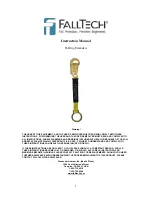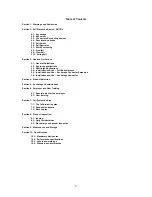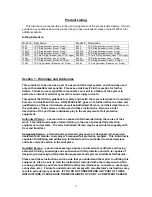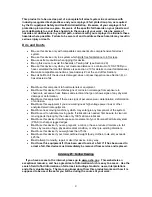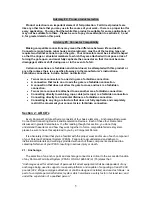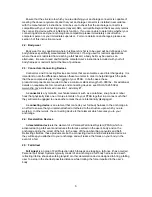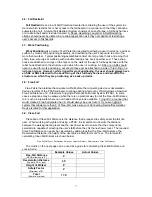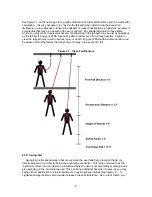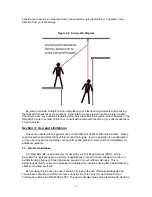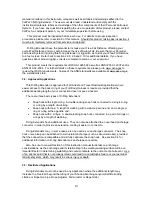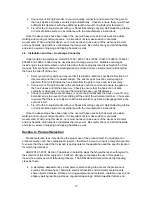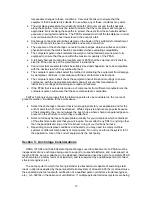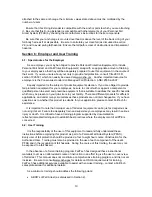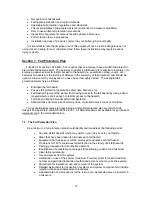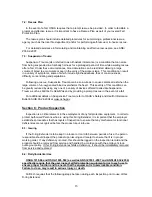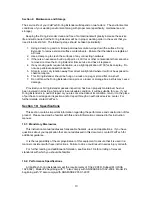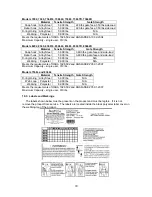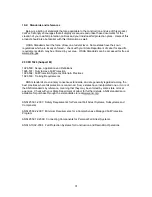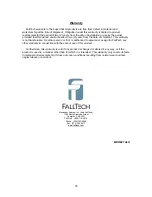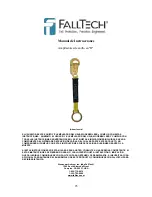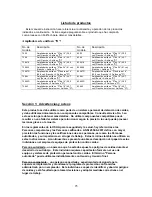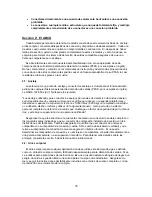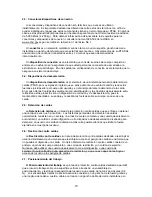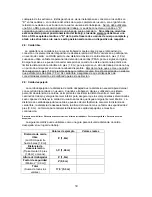
15
Recognition of fall hazards.
Fall hazard elimination and control methods.
Applicable fall protection regulations and standards.
The responsibilities of designated persons (Authorized, Competent, Qualified).
How to use written fall protection procedures.
Inspection of equipment components and systems before use.
Fall protection rescue procedures.
Installation and use of products common to your duties, job-site or facility.
It is important to note that improper use of this equipment can be just as dangerous as not
using it at all. Failure to read, understand and follow these instructions may result in serious
injury or death.
Section 7: Fall Protection Plan
Title 29 CFR, section 1926.500 – 503 requires that an employer have a written fall protection
plan where fall hazards exist. The best way to address a fall hazard is to eliminate it entirely or to
employ a passive system to restrict access to the hazard (i.e. guardrails, netting, covers, etc.)
Fall arrest products are the last line of defense in the hierarchy of fall protection, and should be
used as a last resort by employees who have been thoroughly trained. The accepted fall
protection hierarchy is as follows:
Eliminate the fall hazard.
Passive fall protection (guardrails, safety nets, barriers, etc.).
Fall Restraint (prevent the worker from having access to the fall hazard by using a fixed
lanyard which is short enough to restrict access to the hazard).
Fall Arrest (utilizing Personal Fall Arrest Systems).
Administrative Controls (use of warning lines, controlled access zones or monitors).
Two exceptional resources for developing a written fall protection plan are OSHA 1926
Subpart M, Appendix E and ANSI Z359.2-2007. All ANSI standards are available for purchase at
www.ansi.org in the e-standards store.
7.1: The Fall Protection Plan
As a minimum, a fall protection plan should identify and/or address the following points:
Any and all fall hazards which may exist on your job-site or in your facility.
Steps that have been taken to eliminate each fall hazard.
Equipment that has been or will be employed to address each fall hazard.
Provisions for 100% continuous fall protection in the vicinity of all fall hazards.
Training procedures for all authorized persons.
Identification of acceptable anchorages for positioning, restraint and fall arrest.
Clear-fall
requirements.
Use and egress from the system.
Limitations on use of the system (maximum Free-fall, arrest force and maximum
number and permitted locations of authorized persons who may use the system).
Procedures for installation, use and removal of the system.
Detailed instructions for inspection of systems and system components to include
rejection criteria and replacement procedures.
A detailed plan and procedures for the rescue of a worker who may be involved in
a fall event.

